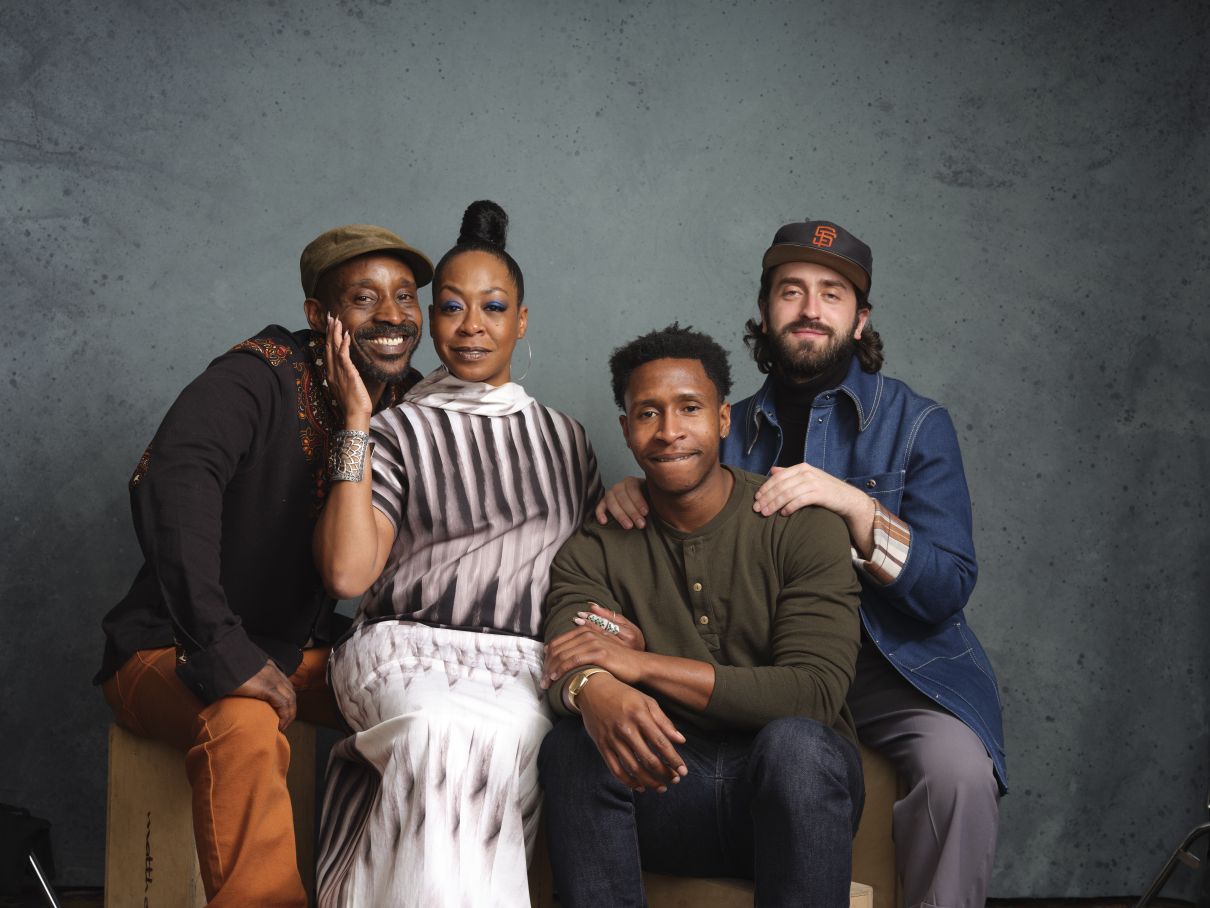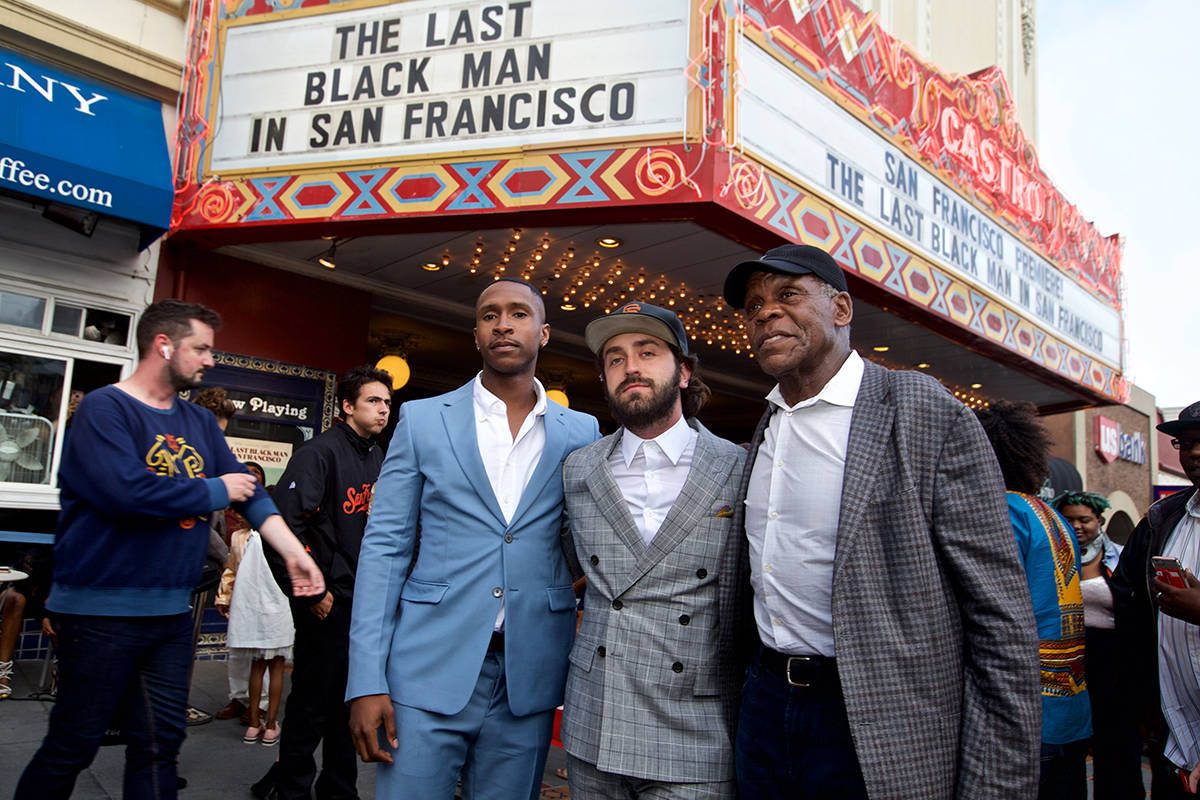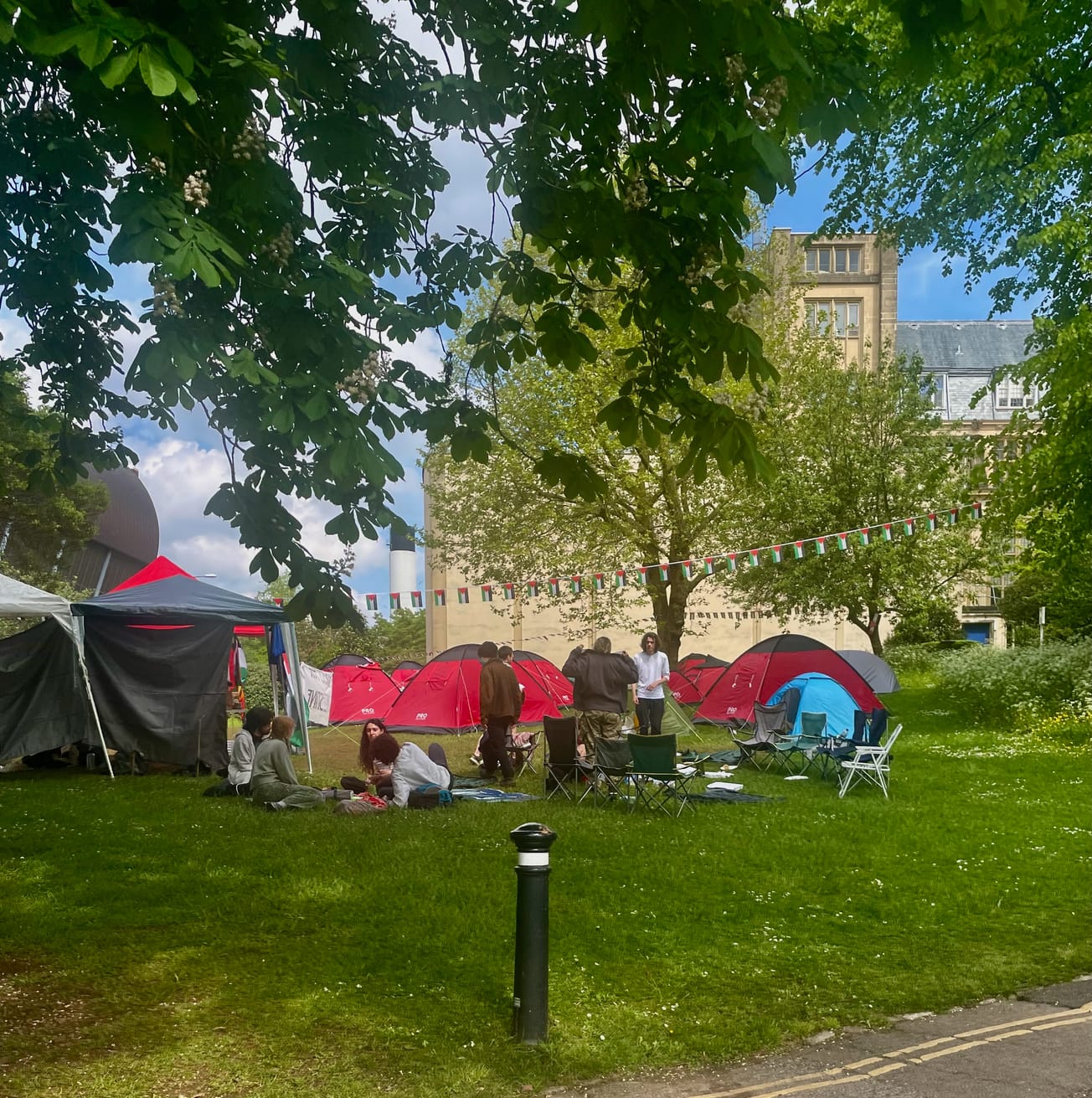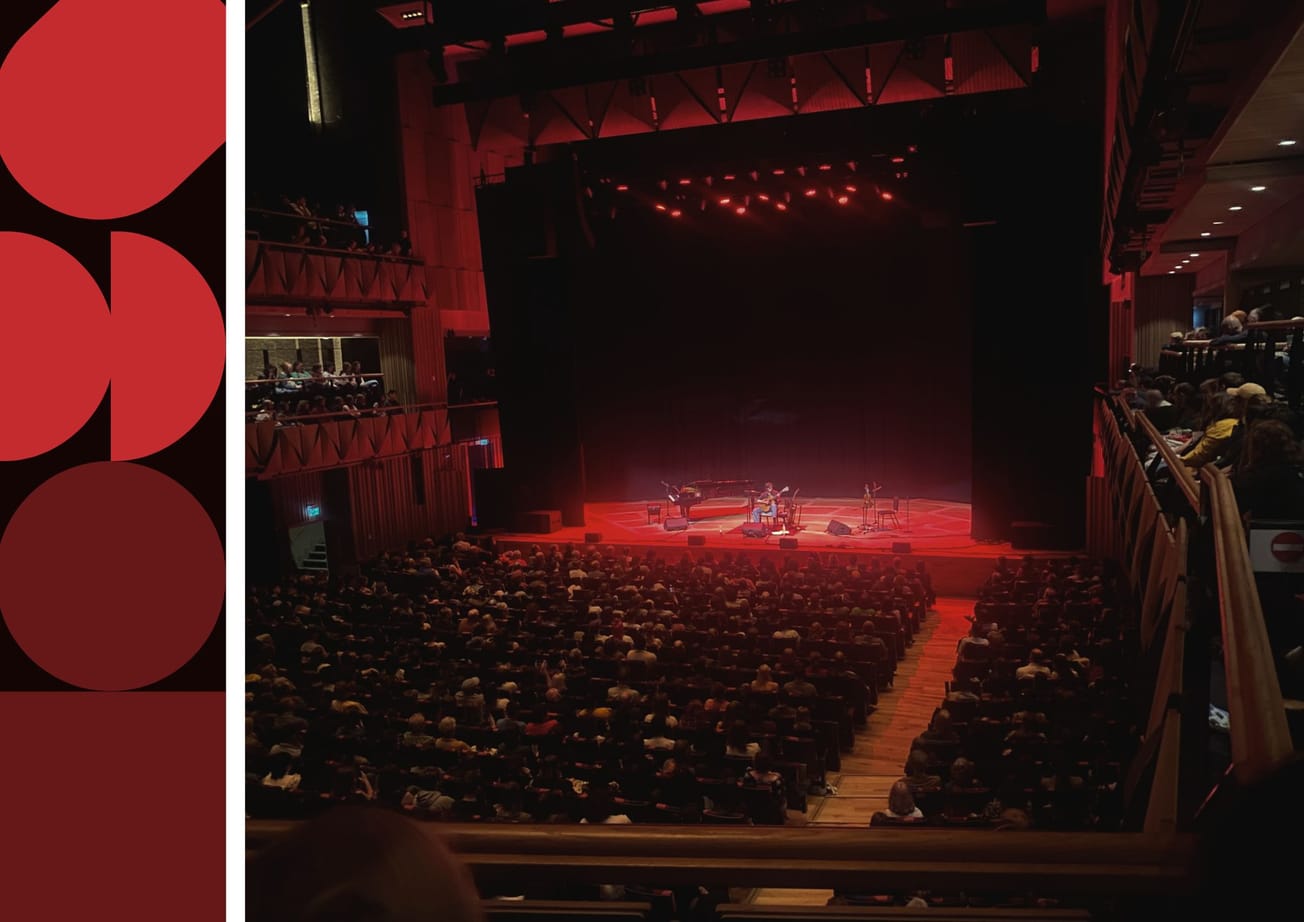By Milo Clenshaw, 3rd Year, Film & English
Sundance Special Jury Prize winner The Last Black Man in San Francisco (2019) is director Joe Talbot's feature debut and a bittersweet love letter to the city of its name.
Beginning as an idea between longtime friends Talbot and his best friend Jimmy Fails, who plays the main role, it grew into a grassroots production by 2015. The film is loosely based on Fails’ life and centres around a beautiful Victorian house in a gentrified district of San Francisco, in which lived three generations of Fails’ African American family but is now owned by a white couple.
Jimmy visits the house regularly to lovingly attend to repairs and, when the owners are forced to move out, Jimmy and his best friend Mont (Jonathan Majors) are quick to take it over. It is this friendship that sits at the heart of the film and tender portrayals by Fails and Majors construct a relationship that is part brotherly, part nuptial.

This is especially exemplified in one scene where Mont sits at the kitchen counter in a luxurious bathrobe and Jimmy stands behind whisking eggs in a display of domestic bliss. They break off their conversation for a moment to look across through the window and see themselves mirrored in the house opposite; except in the house is a middle-aged husband and wife.
Quirky moments like this are peppered throughout the film, lending a lightheartedness to a script that could otherwise be bogged down in a heartbreaking nostalgia for a city changing so rapidly that several houses used for the film have since been demolished.
It is this friendship that sits at the heart of the film and tender portrayals by Fails and Majors construct a relationship that is part brotherly, part nuptial
Jimmy claims to love the house because his grandfather built it as the first black migrant to San Francisco in 1946. The validity of this statement is slowly questioned, but what also becomes apparent is that what is more important than any birthright is the love Jimmy has for the house and, by extension, the city.
.@A24 presents #TheLastBlackManInSanFrancisco, directed by Joe Talbot and starring Jimmie Fails, Jonathan Majors, and @MrDannyGlover. pic.twitter.com/r2JOcy3wt6
— The Last Black Man in San Francisco (@LastBlackManSF) March 21, 2019
As his identity is finally thrown into crisis, his aunt advises him that ‘if you leave, it's not your loss. It's San Francisco's’. This is a stark warning to a place fast developing into a hub of technology and boutique businesses that, in its eagerness to develop, may lose out on what made it special to begin with.
The film's reverence towards the city is best understood through its operatic, gospel infused soundtrack by Emile Mosseri that seems to emanate from the streets themselves. There is more than one moment when the characters stop their wanderings to listen to a street performer.

The most memorable is a soulful rendition of 'San Francisco' by Timex Social Club's Mike Marshall. The narrative often dips and swerves in this way, prioritising a look into the city's wonders and idiosyncrasies over the central plot.
Also of note is Adam Newport-Berra's cinematography, bathing the city in a warm autumnal light that echoes the house's mahogany interiors. These rich colours and often symmetrical framings lend the film a fairy tale quality, something slightly larger than life.
'You're not allowed to hate San Francisco. Do you love it? You're not allowed to hate it unless you love it'
These elements could open the film up to criticism of style over substance, but they only act to enhance its clear, if not especially politically charged, message of community and local identity.
Near the end of the film, Jimmy overhears two women moaning about having to work for a start-up in a boring city. He says calmly 'You're not allowed to hate San Francisco. Do you love it? You're not allowed to hate it unless you love it'. This clearly sits uncomfortably with them and this is the crux of what the film is trying to convey.

The Last Black Man in San Francisco is not an accusation of gentrification, nor is it simply a nostalgic view into a bygone era. It is an honest attempt to encapsulate the soul of a city under rapid change and to memorialise some of its offbeat beauty.
There is a hope in the film, both in the way it was created and in the story it tells, about the power of community over a force that threatens to overtake the local in a globalised world.
Featured: IMDb / Peter Prato
Does Talbot's buttersweet ode to home resonate with you and your hometown?







